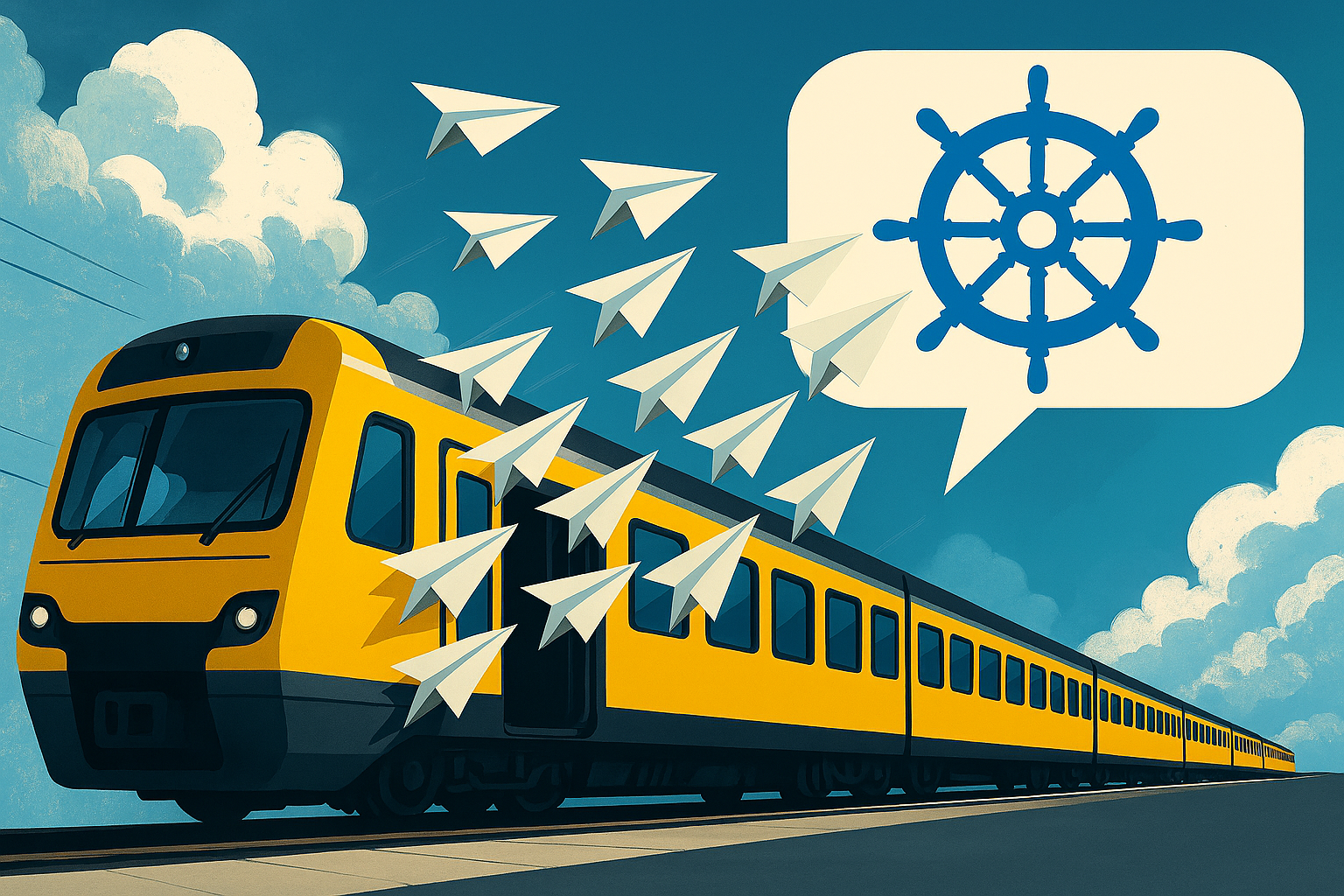
Introducing Headlamp AI Assistant
To simplify Kubernetes management and troubleshooting, we're thrilled to introduce Headlamp AI Assistant: a powerful new plugin for Headlamp that helps you understand and operate your Kubernetes clusters and applications with greater clarity and ease.
Whether you're a seasoned engineer or just getting started, the AI Assistant offers:
- Fast time to value: Ask questions like "Is my application healthy?" or "How can I fix this?" without needing deep Kubernetes knowledge.
- Deep insights: Start with high-level queries and dig deeper with prompts like "List all the problematic pods" or "How can I fix this pod?"
- Focused & relevant: Ask questions in the context of what you're viewing in the UI, such as "What's wrong here?"
- Action-oriented: Let the AI take action for you, like "Restart that deployment", with your permission.
Here is a demo of the AI Assistant in action as it helps troubleshoot an application running with issues in a Kubernetes cluster:
Hopping on the AI train
Large Language Models (LLMs) have transformed not just how we access data but also how we interact with it. The rise of tools like ChatGPT opened a world of possibilities, inspiring a wave of new applications. Asking questions or giving commands in natural language is intuitive, especially for users who aren't deeply technical. Now everyone can quickly ask how to do X or Y, without feeling awkward or having to traverse pages and pages of documentation like before.
Therefore, Headlamp AI Assistant brings a conversational UI to Headlamp, powered by LLMs that Headlamp users can configure with their own API keys. It is available as a Headlamp plugin, making it easy to integrate into your existing setup. Users can enable it by installing the plugin and configuring it with their own LLM API keys, giving them control over which model powers the assistant. Once enabled, the assistant becomes part of the Headlamp UI, ready to respond to contextual queries and perform actions directly from the interface.
Context is everything
As expected, the AI Assistant is focused on helping users with Kubernetes concepts. Yet, while there is a lot of value in responding to Kubernetes related questions from Headlamp's UI, we believe that the great benefit of such an integration is when it can use the context of what the user is experiencing in an application. So, the Headlamp AI Assistant knows what you're currently viewing in Headlamp, and this makes the interaction feel more like working with a human assistant.
For example, if a pod is failing, users can simply ask "What's wrong here?" and the AI Assistant will respond with the root cause, like a missing environment variable or a typo in the image name. Follow-up prompts like "How can I fix this?" allow the AI Assistant to suggest a fix, streamlining what used to take multiple steps into a quick, conversational flow.
Sharing the context from Headlamp is not a trivial task though, so it's something we will keep working on perfecting.
Tools
Context from the UI is helpful, but sometimes additional capabilities are needed. If the user is viewing the pod list and wants to identify problematic deployments, switching views should not be necessary. To address this, the AI Assistant includes support for a Kubernetes tool. This allows asking questions like "Get me all deployments with problems" prompting the assistant to fetch and display relevant data from the current cluster. Likewise, if the user requests an action like "Restart that deployment" after the AI points out what deployment needs restarting, it can also do that. In case of "write" operations, the AI Assistant does check with the user for permission to run them.
AI Plugins
Although the initial version of the AI Assistant is already useful for Kubernetes users, future iterations will expand its capabilities. Currently, the assistant supports only the Kubernetes tool, but further integration with Headlamp plugins is underway. Similarly, we could get richer insights for GitOps via the Flux plugin, monitoring through Prometheus, package management with Helm, and more.
And of course, as the popularity of MCP grows, we are looking into how to integrate it as well, for a more plug-and-play fashion.
Try it out!
We hope this first version of the AI Assistant helps users manage Kubernetes clusters more effectively and assist newcomers in navigating the learning curve. We invite you to try out this early version and give us your feedback. The AI Assistant plugin can be installed from Headlamp's Plugin Catalog in the desktop version, or by using the container image when deploying Headlamp. Stay tuned for the future versions of the Headlamp AI Assistant!